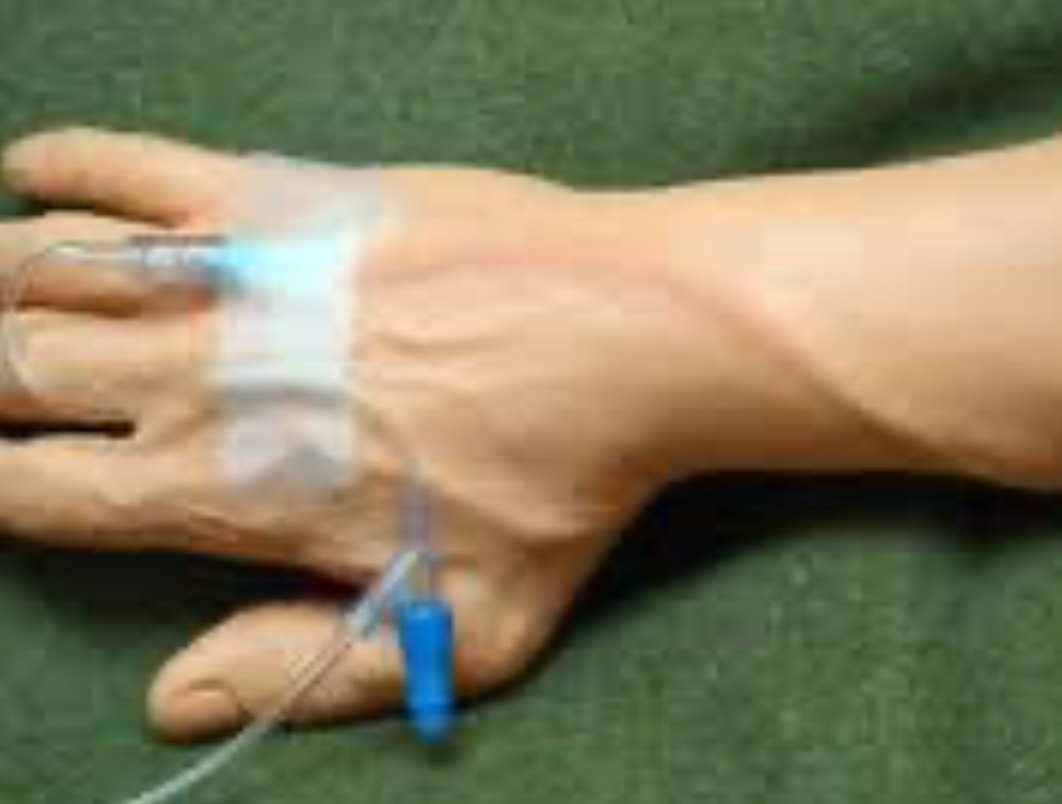 |
| https://www.docvenu.com/ |
The Unbelievable Story of the Calicut Airport Mock Drill and the Frightening Air Crash a Decade Later
A Monday Morning Call That Changed Everything
It was a busy Monday morning in September 2011. I had just wrapped up my morning rounds, residents' sessions, and reporting when my phone rang. It was a call from the Head of the Customer Care Department.
"Dr. Venu, two important people from Calicut International Airport are here. They need to meet you regarding a mock drill."
I told them I would be there in five minutes. Little did I know, this meeting would set off a chain of events that would not only test our preparedness but also eerily foreshadow a real-life tragedy nearly a decade later.
When I walked into the Customer Care Department—later renamed the Business Development Department—I saw two gentlemen seated in front of the department head. I was introduced to Mr. Pradeep Kandoth, the Airport Director of Calicut International Airport, and his assistant.
 |
| Mr Pradeep Kandoth - Calicut Airport Director 2011 |
They needed our assistance in conducting a mock drill for an air crash scenario. I listened carefully but told them upfront,
"It’s pointless to conduct a namesake drill just for documentation. If we do this, it must be realistic and scientific. Many firefighters and first responders don’t even have proper triage training. We need at least a month to train your personnel before conducting the drill properly."
Pradeep, to my surprise, agreed without hesitation. He was enthusiastic about making this a meaningful exercise. We scheduled the mega mock drill for December 2, 2011.
The Preparation – A Month of Relentless Training
The preparation for the drill was intense. From November onwards, we started training 985 airport staff in small batches of 40 to 50 members. The sessions covered:
- Basic Life Support (BLS)
- Trauma care & fracture management
- Safe patient shifting techniques
- Acute burn care
- Disaster management
- On-site triage & ambulance operations
- Fire & safety management
 |
| Rescuers received proper training ( Dr Ramkumar) |
Our Emergency Medicine team at Aster MIMS, EMS staff, Angels EMCT volunteers, and IMA ACT Force members led the training. The efforts extended beyond the airport—we also conducted awareness sessions for local auto and taxi drivers to ensure community involvement in rescue operations.
By November 30 and December 1, we were running detailed execution exercises. It was a massive collaboration:
- Dr Abdulla Cherayakkatt( MD-MIMS), Dr KK Varma( Director QAD), Dr.C Raveendran ( Principal CMC) ,Dr.Fabith Moideen, Dr. Ramkumar, Dr. Balasubramanian, Dr. Shafi Ejaz, Dr. Binu Kuriakose, Dr.Rehna, Dr. Soma Sekar, and our PG students were leading teams.( Many other names not mentioned here)
- Along with me, Pradeep Kandoth took over the master control of the mega mock drill
- Binu Augastine and Jefsin, our AHA coordinators, ensured resuscitation training was flawless.
- Munir and the Angels team, along with Dr. Manoj Kaloor, Dr. Abdulla KM, Dr. Meharoof Raj, Dr. Rajesh Neelamala, Adv. Mathew Kattikkana, Adv Jairaj, Mathew C Kulangara, Musthafa K P, Gopettan and Firoz lal, ensured coordination.
- Dr. Moideen Kutty (Relief Hospital), Dr. PB Salim IAS (Collector Kozhikode), SPs of Calicut & Malappuram, and the DMOs of both districts were closely involved.
- Excellent organizational Support from MIMS Hospital, ANGELS International Foundation, IMA KSB- Act force & Accident Care Cell, SEMI ( Society for Emergency Medicine in India), AAI- Airport Authority of India, GWU-US, Calicut medical College, and KMCT Ayurveda College, Angels Ambulance Network, Press club Calicut, Fire force and Police department made everything perfect.
Even Mr. Pradeep Hudino and his team played a key role, using their expertise in special effects and makeup to make the victims' injuries look real.
 |
| Magician Pradeep Hudino Magic world , Calicut |
The feedback from the trainees was incredible. The Emirates Airways Manager, deeply moved by the hands-on approach, told us:
"This was the most realistic training I have ever witnessed. I will insist all airports adopt this. In fact, I will make sure my own family undergoes this training, so I know they are safe in an emergency."
December 2, 2011 – The Mock Drill That Made History
We were ready. It was the largest mock drill in the history of Calicut Airport, possibly in India.
We built a plane model using cardboard and prepared 200 actors (mostly medical and ayurvedic students) with realistic injury makeup. To simulate a real crash, we created a huge fire pit filled with 10,000 liters of aviation fuel—the exact amount that would be in both wings of a real aircraft
 |
| Aviation fuel ready to burn |
 |
| 10000 litres of Aviation fuel |
At 5:00 PM sharp, we ignited the fuel.
Within seconds, an inferno as tall as two coconut trees engulfed the area.
 |
| Plane crash and Fire control |
The airport’s code green alert was activated, and a message was sent to the Air Traffic Control:
"A plane crash has occurred at the eastern side of the runway downhill. There are 200 passengers on board. Firefighting and medical teams needed immediately."
The Response Was Phenomenal:
- Within 3 minutes, three massive foam fire extinguishers arrived. Within 30 seconds, the flames were completely doused.
- Rescue teams evacuated all 200 victims, using the START triage system (Simple Triage and Rapid Treatment).
- Victims were categorized into Red (critical), Yellow (moderate), Green (walking wounded), and Black (dead) and transported accordingly.
- 200 ambulances from the Angels network transported victims to designated hospitals, ensuring C-spine protection and proper immobilization for trauma patients.
- Senior emergency physicians, Physicians, EMS staff provided on-site stabilization before transport.
- All together, more than 500 volunteers participated in the mock drill

Triaged out the victims and Transport priority fixed 
Cooperation and Coordination 
Dr Moidheen Kutty -Relief hospital Kondotty, very close to Airport 
Triage and Medical transport 
Onsite planning - Dr PB Salim IAS, and Mr Pradeep Kandoth on my right & Left .jpeg)
Angels Directors and Mr Sparjan Kumar IPS
The Aftermath – Learnings That Would Save Lives
During the debriefing session chaired by Dr. PB Salim IAS, several key gaps were identified:
- Traffic bottlenecks near Pulikkal and Kadavu River toll booth delayed patient transport.
- Nearby hospitals lacked advanced trauma care capabilities.
- Hospital staff spine protection awareness was inadequate in many centres, which was evident on the victim's arrival.
We submitted our findings to the authorities, hoping for improvements.
August 7, 2020 – The Real-Life Nightmare
Nine years later, on August 7, 2020, a real disaster struck the exact same spot where we conducted our drill.
 |
| Plane landed on black Friday in Kerala on the COVID-19 Background |
Air India Express Flight 1344, part of the Vande Bharat Mission, crashed at Calicut International Airport after overshooting the tabletop runway in heavy rain. The aircraft skidded off a 35-ft slope, killing both pilots and 19 passengers.
I received the call at 7:30 PM. My heart sank.
By 8:30 PM, plane crash victims began arriving at the hospital. Managing the disaster while wearing full PPE was another unique challenge. As part of the Golden Hour Response Team, I witnessed 49 crash victims being rushed to Aster MIMS—the very hospital where we had trained for such a scenario years ago. Other victims were transported to 12 hospitals across Kozhikode and Malappuram districts, including Calicut Medical College, BMH, IQRA Hospital, and several others. All victims received exceptional golden hour and definitive care, likely due to the unparalleled emphasis on emergency medicine training and the transformation of casualty departments into full-fledged emergency departments over the past decade in this region
What We Got Right – And What We Didn’t
The Bright Side:
- Hospital-based golden hour care had improved.
- The bottlenecks identified in 2011 had been corrected, ensuring faster hospital transfers.
- Many emergency departments were led by my former students, delivering high-quality care.
- The community’s response was incredible—local civilians played a huge role in initial rescue efforts.
The Dark Side:
- Pre-hospital care remained a serious issue.
- Some victims were transported in cars instead of ambulances, worsening injuries.
- Many ambulances lacked proper spinal immobilization techniques.
Among the heartbreaking moments, I still remember receiving the lifeless bodies of the pilot, co-pilot, and a small child in my hands.
It was a Black Friday for all of us.
A Lesson in Preparedness – And a Call for Change
What happened in 2011 wasn’t just an exercise—it was a warning. When the real tragedy struck in 2020, we were more prepared, but we were still not perfect.
Emergency medicine has come a long way, but the gap in pre-hospital trauma care must be addressed. The next decade should be about making sure that every patient is given a fighting chance—not just in hospitals, but from the moment disaster strikes.
History repeats itself. The question is, will we be ready next time?
 |
| Forever..... |




























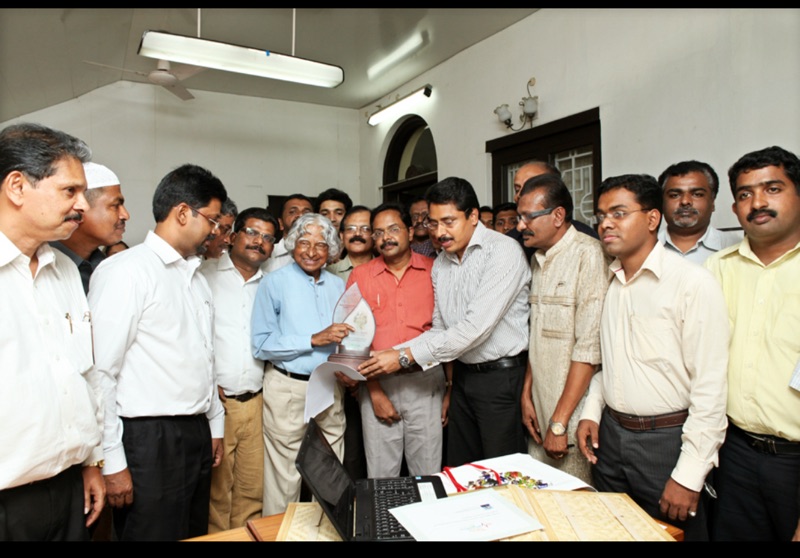
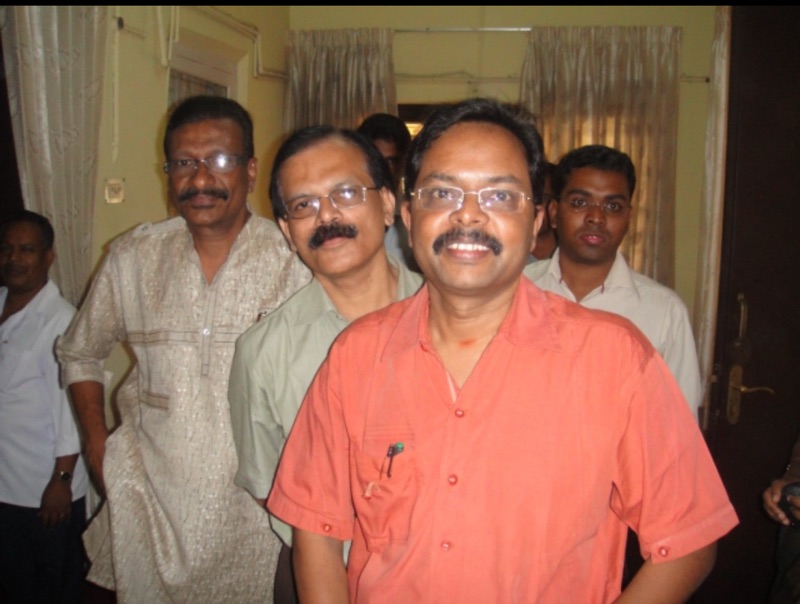
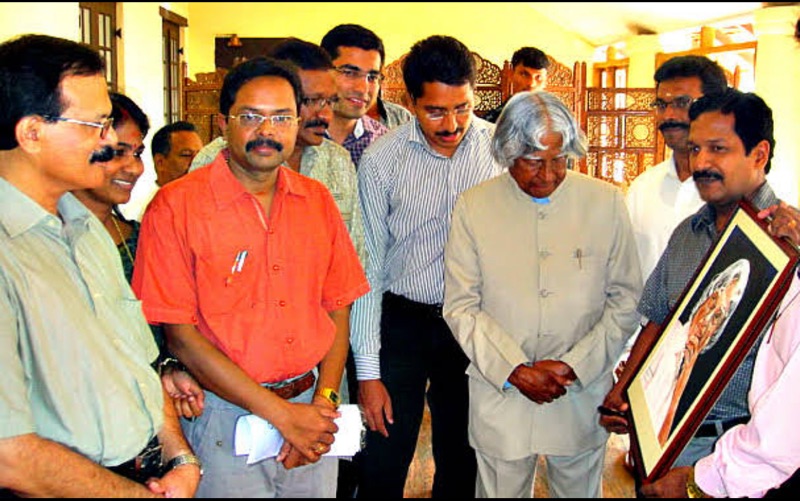
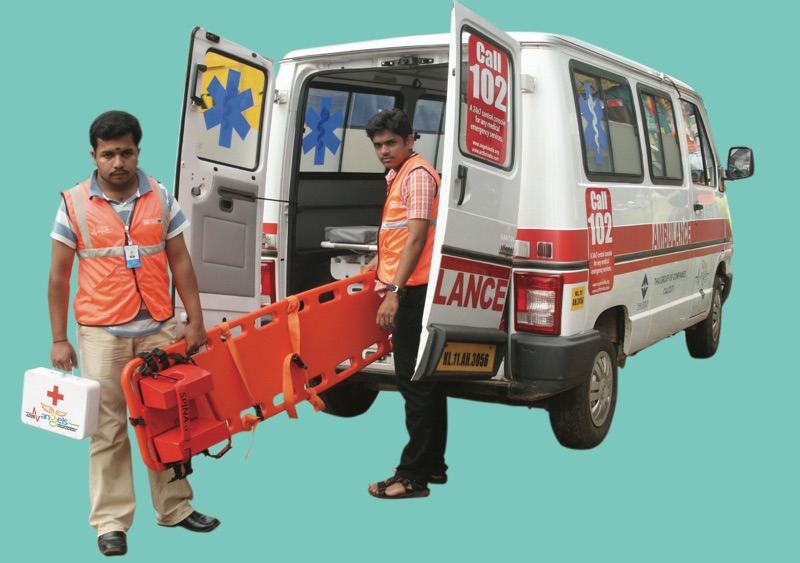

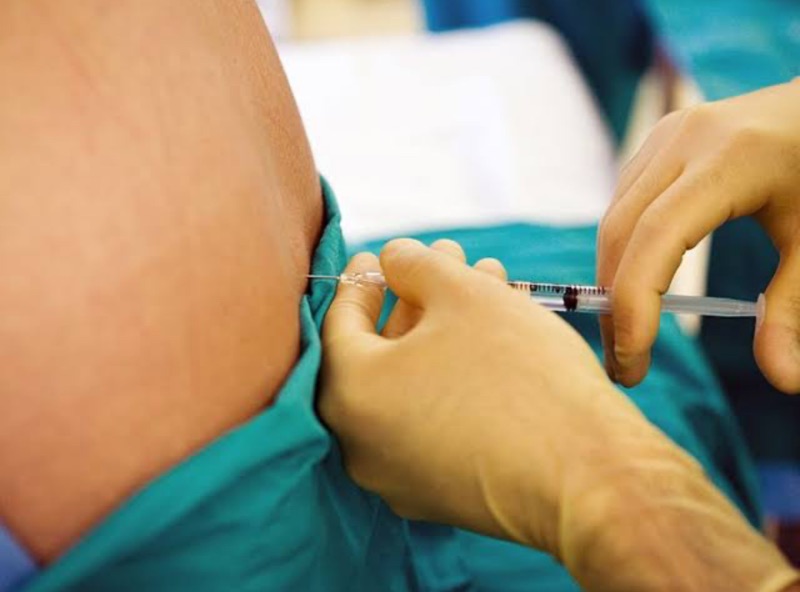 In the realm of anesthesia, precision and dexterity are paramount. Every movement of the hand, every controlled motion of the wrist, and every subtle adjustment determine the success of an anesthetic procedure. But what happens when something as seemingly trivial as an IV cannula placement changes the course of an expert’s career?
In the realm of anesthesia, precision and dexterity are paramount. Every movement of the hand, every controlled motion of the wrist, and every subtle adjustment determine the success of an anesthetic procedure. But what happens when something as seemingly trivial as an IV cannula placement changes the course of an expert’s career?